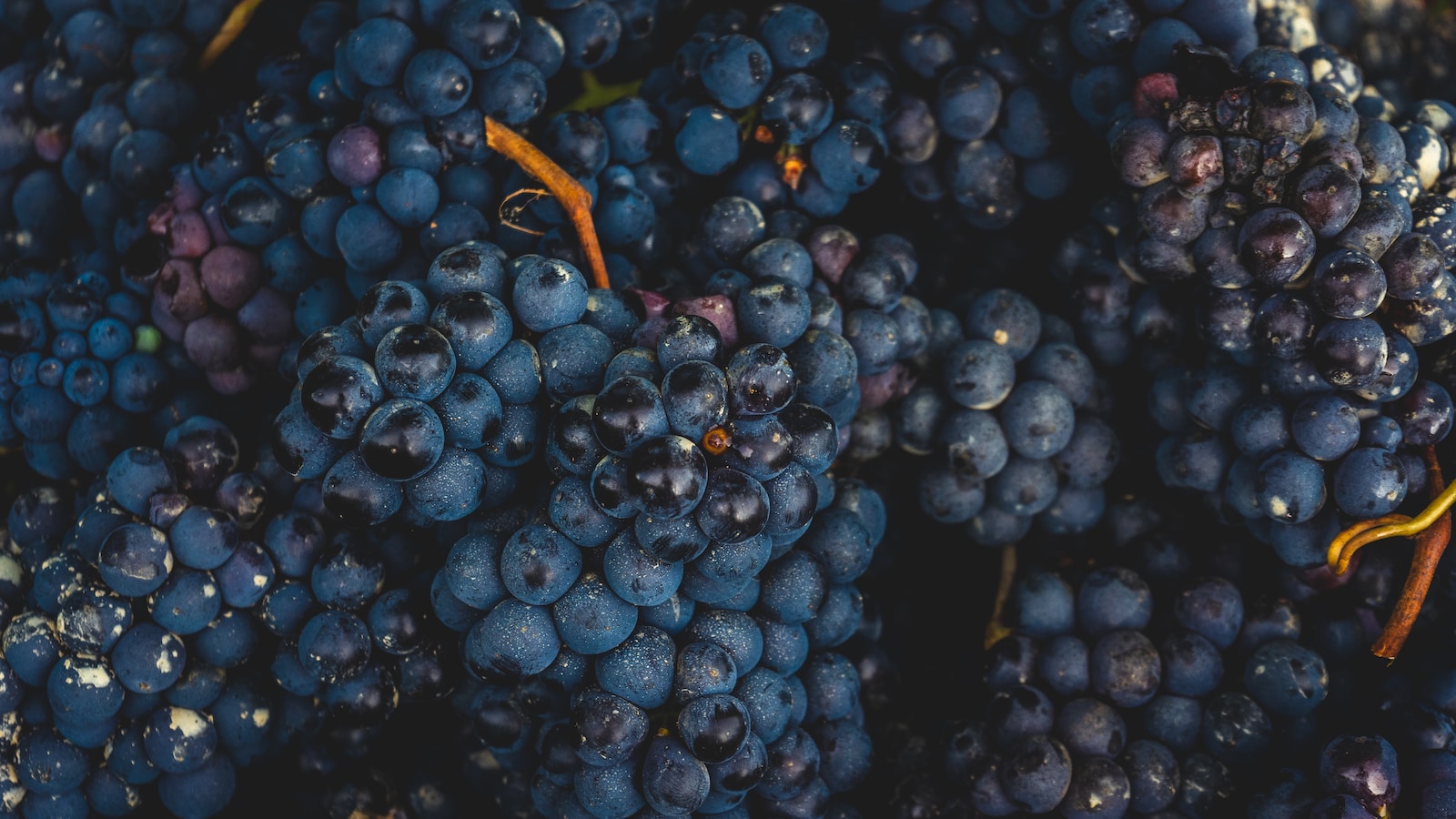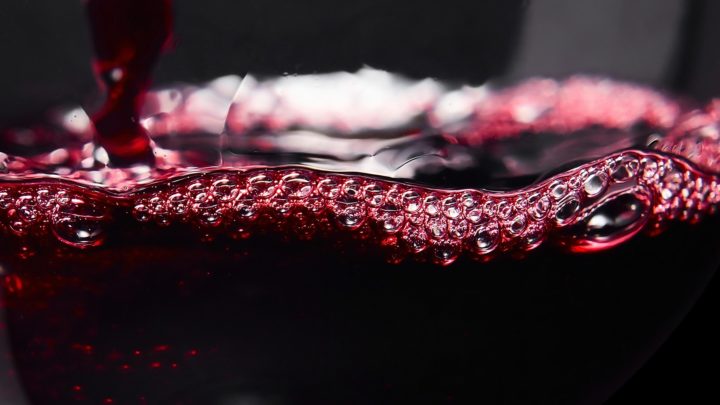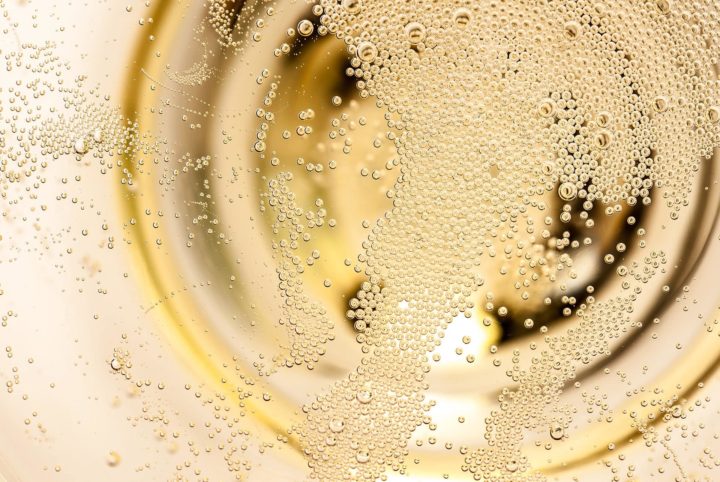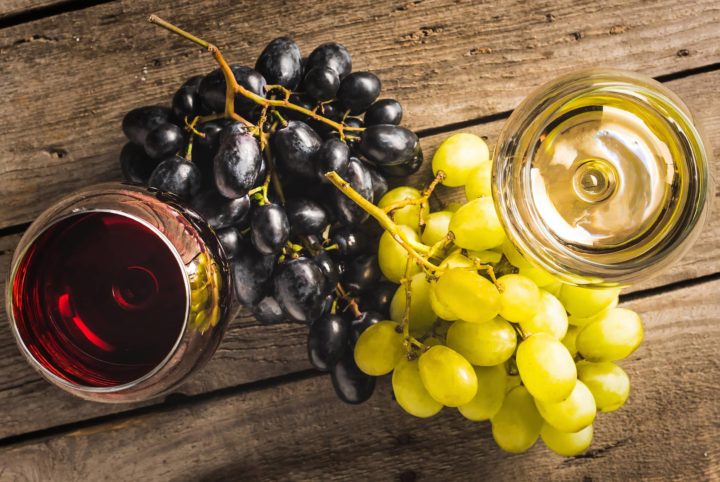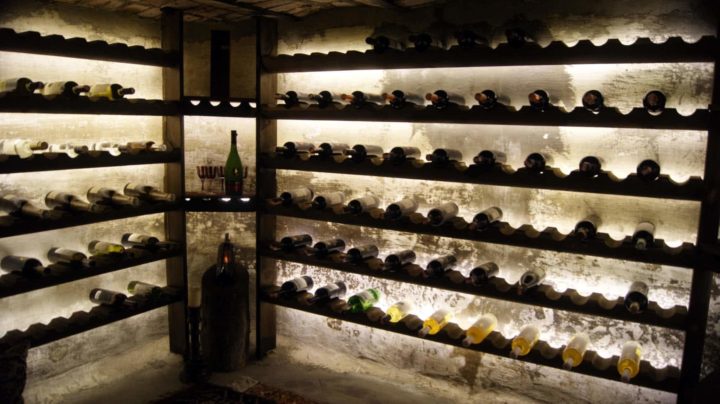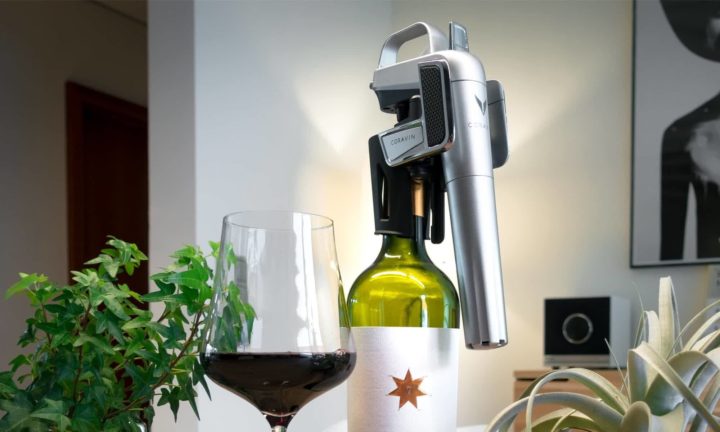Imagine entering an art gallery and discovering a unique painting masterfully composed of multiple colors and brushstrokes. The composition leaves you amazed and inspires you to learn more about the creative process behind this creation. Now swap the painting for a wine and the colors for grape varieties – welcome to the fascinating world of cuvées! The high art of winemaking is to blend different varieties to create a harmonious taste experience. But what exactly is a cuvée, and how is it created?
In this article we will lift the veil and take you on a journey into the world of cuvées. First of all, we will explain the term cuvée and what exactly it is. Then we cover the topic of why cuvées are created in the first place and what advantages they actually offer the winemaker and the wine drinker. We will also look at which grape varieties are particularly suitable for blending, and shed light on the process of making a cuvée. We also take a look at the assemblage – the work of experts who make these drops special – and learn what strict guidelines guarantee the quality of cuvées. Immerse yourself in this exciting topic and expand your wine horizons!
Definition: What does cuvée mean in wine?
A cuvée, also known as a blend, is the result of a creative process in which two or more different base wines are combined to create a harmonious and balanced wine. The word comes from the French (“cuve”) and literally means “vat”. However, in the wine world it has taken on a very special meaning.
The art of the cuvée lies in combining the strengths and weaknesses of different varieties of wine to create a wine that is better than the sum of its parts. This can be a combination of several grape varieties, from grapes grown in different regions or from different vintages. The goal is to create a drop that harmonizes flavor and aroma, with unique, multi-layered flavor profiles. The secret of a successful cuvée lies in the expertise of the winemaker or oenologist, who must find the perfect balance of the various components to create an exceptional drop. Now that you know what a cuvée is, let’s explore together what benefits they can bring.
Red wine & white wine: the magic behind cuvées
The production of cuvées offers a variety of advantages and is an important reason why winemakers from all over the world use this art. One of the main reasons is that blending base wines allows for the creation of drops with more complex and layered aromas and flavor profiles. The blending of several varieties can result in a wine characterized by balanced acidity, velvety tannins and a harmonious mouthfeel.
A well-known example is clearly the red wine from Bordeaux, which often consists of a combination of Cabernet Sauvignon, Merlot and Cabernet Franc. This intersection gives them a balanced structure that emphasizes the strengths of the different grape varieties. The Spanish region of Rioja also traditionally blends Tempranillo, Garnacha, Graciano and Mazuelo, prized for their power and elegant complexity.
But the practice is not only applied to red wines. It is also widely used in white wine and sparkling wine. The famous Champagne for example, is usually made from a blend of Chardonnay, Pinot Noir and Pinot Meunier. The combination of these varieties creates a sparkling wine that is characterized by its unique elegance, fine perlage and varied aromas.
Another reason winemakers create cuvées is to increase the quality and consistency of their wines. By combining base wines from different sites or vintages, the weaknesses can be compensated and the quality of the final product can be improved. Thus, blending, even in difficult years, allows a consistently high quality.
The perfect pairing: which grape varieties harmonize best?
There are a variety of vines that are excellent for pruning. The choice of the right combination depends on various factors, such as the desired flavor profile, the structure of the wine and the climatic conditions of the growing regions. Some grape varieties are particularly popular when it comes to creating harmonious and balanced drops. Here are some examples of successful blends and the reasons why they work so well together:
- Cabernet Sauvignon and Merlot: This combination is very common, especially in Bordeaux. The Cabernet is characterized by strong tannins on the palate and blackcurrant and cedar on the nose. Merlot, on the other hand, is softer and fruitier, bringing notes of plums and cherries to the glass. The fusion of the two results in a balanced, complex drop with a pleasant structure.
- Syrah and Grenache: These two varieties are often blended together in the Rhône region of southern France and in Priorat in Spain. Syrah brings spice, dark fruit and firm tannins to the blend, while Grenache provides sweet red fruit, acidity and alcohol. Together they make a powerful yet fruity wine that can age well.
- Chardonnay and Pinot Noir: In the production of sparkling wines, especially champagne, these two are often the main actors. Chardonnay brings the freshness, minerality and citrus aromas, while Pinot Noir provides body, structure and red fruit. This combination makes it possible to create a sparkling wine with a balanced acidity, fine perlage and complex aromas.
- Riesling and Gewürztraminer: these two aromatic grape varieties are occasionally used for blending noble sweet dessert wines. Riesling brings crisp acidity and citrus notes to the blend, while Gewürztraminer provides exotic notes of lychee, rose and spice. Together they produce an intense wine with a balanced sweetness-acidity game.
These examples show that blending focuses on the complementation and interplay of the aromatic worlds, textures and structures of the individual grape varieties. The key to success lies in the winemaker’s ability to find the perfect balance, creating a harmonious, complex final wine that highlights the strengths of each variety.
How is a cuvée made?
The production of a cuvée is a process that combines both art and science. It begins with the careful selection of grape varieties and the understanding of their individual characteristics and the terroir in which they are grown. The grapes are usually harvested and vinified single-varietal before the actual blending process begins.
The assemblage: work for experts
The key to creating a successful cuvée lies in the assemblage, the art of blending the different base wines. This task is usually performed by the cellar master or oenologist, who have extensive knowledge and experience in dealing with the different wine varieties and terroirs. Assemblage is the process of deciding in what proportions the individual wines will be combined to achieve the desired flavor profile, structure and character of the final product.
An example of a sophisticated blend is Châteauneuf-du-Pape, a French red wine that can consist of up to 13 grape varieties. The blend of these base wines requires a great deal of skill and experience to create a harmonious and expressive wine that reflects the characteristics of each grape variety and terroir.
Strict guidelines guarantee the quality of the cuvée
To ensure the quality of a cuvée, production is often subject to strict guidelines and regulations, depending on the region. These may relate to the selection of approved grape varieties, cultivation methods, harvest timing or the blending process. Such guidelines help to ensure that the consumer can be sure that the wine on the label meets the high quality standards that apply to cuvées.
Some wineries use the designations “Grand Cuvée” or “Cuvée Prestige” for their highest quality drops. These are characterized by particular care in the selection of grapes, vinification and assemblage and represent the highest level of quality that the winery can achieve. But beware: confusingly, these wines are not always cuvées. Thus, various wineries also use these designations for their top single-varietal wines.
Thus, making a cuvée requires a deep understanding of the different base wines, their characteristics and the best methods to combine them. Assemblage is a process that requires both skill and scientific knowledge to achieve the perfect balance and harmony in the wine that makes a successful cuvée.
Cuvées: Just cheap blends or true masterpieces?
In Germany, there is a persistent misconception that a cuvée is an inferior, cheap wine thrown together. But this impression could not be further from the truth. A cuvée is neither fundamentally good nor bad, but simply refers to a wine that has been put together from several basic wines. In fact, some of the most famous and expensive wines in the world, such as Opus One, Tignanello or Château de Beaucastel, belong to this group and show impressively the great potential of this art of blending.
It is important to emphasize that the German wine law even provides that single-varietal wines may consist of up to 15% of wines from another grape variety without this having to be mentioned on the label. Thus, it often happens that a Riesling is actually a blend of Riesling and a small amount of Pinot Blanc. German Pinot Noir is also often blended with a little Dornfelder to give it a deeper color and some richness.
The quality of a cuvée depends on many factors, such as the care taken in the selection of the base wines, the skill of the winemaker and the cultivation and vinification methods used. The creation of a successful cuvée is a demanding task that requires both knowledge and experience. Therefore, one should not rush to judgment and dismiss cuvées as inferior, but rather embark on a journey of discovery to explore the diverse and extraordinary taste experiences they can offer.
Conclusion: The fascinating world of cuvées
Throughout this article we have explored the exciting world of cuvées and answered some basic questions. A cuvée is a wine blended from different base wines to achieve a harmonious and balanced composition of aromas, structure and character. The reasons for creating cuvées lie in the diversity of varieties, the different terroirs and the creative possibilities that arise from them.
In summary, cuvées are a fascinating and diverse category of wines that hold numerous discoveries and taste sensations for both novice and experienced connoisseurs. Exploring them is a rewarding journey that introduces you to the endless possibilities and creative complexity of winemaking. So it’s worth getting away from preconceptions.
Frequently asked questions
What does cuvée mean in wine?
In wine, cuvée refers to a blend of different grape varieties and/or different wine lots of the same grape variety. Winemakers blend these components to create a harmonious wine with a balanced structure and complex flavor profile.
What is a cuvée?
A cuvée consists of two or more base wines blended together before bottling. The term refers to the combination of wines from different grape varieties, vintages or growing regions. As a rule, wines of different grape varieties are blended to highlight the strengths of each variety and balance their weaknesses. The art of assemblage is to combine the characteristics of each base wine to create a harmonious wine that is as unique as possible.
Is cuvée good wine?
Whether a wine has been blended with others says nothing about its quality. Rather, it depends on the craftsmanship of the winemaker.
How many varieties go into a cuvée?
Depending on the wine, the number of grape varieties used can vary greatly, from just two to ten or more. Which grape varieties are used and in what proportion depends on the winemaker’s vision of the final wine. The important thing is the balance and harmony of the final result.
How do you spell cuvée?
The French word is written as follows: C-u-v-é-e [kyˈve:].
At what point is a wine a cuvée?
Technically, any wine made from two different base wines is a blend. Even wines declared as single-varietal may, according to German wine law, consist of up to 15% of a base wine of another grape variety.
